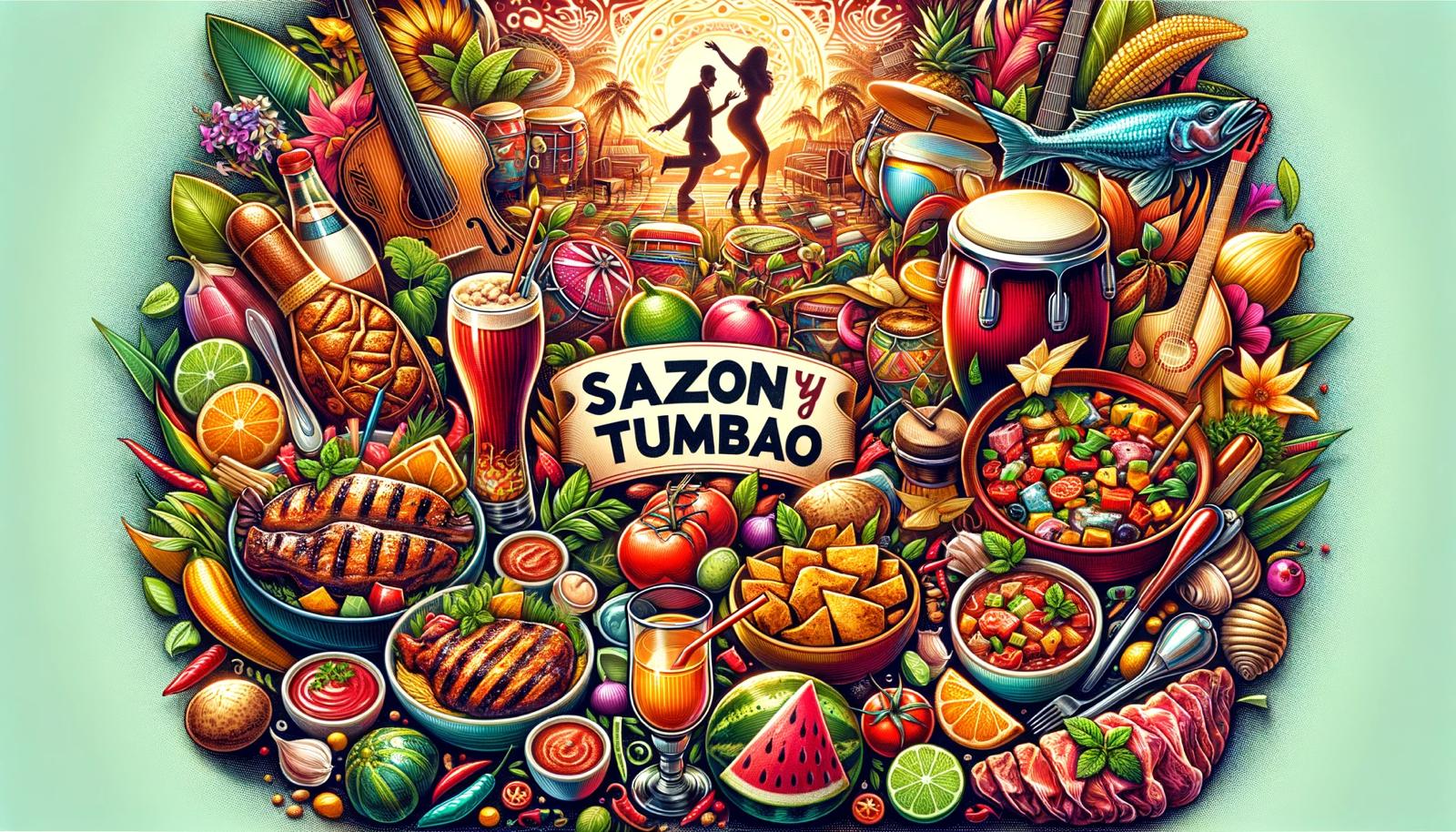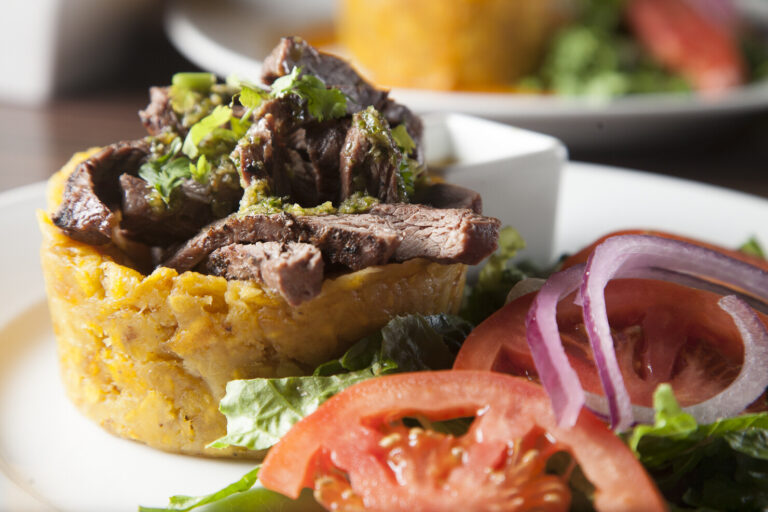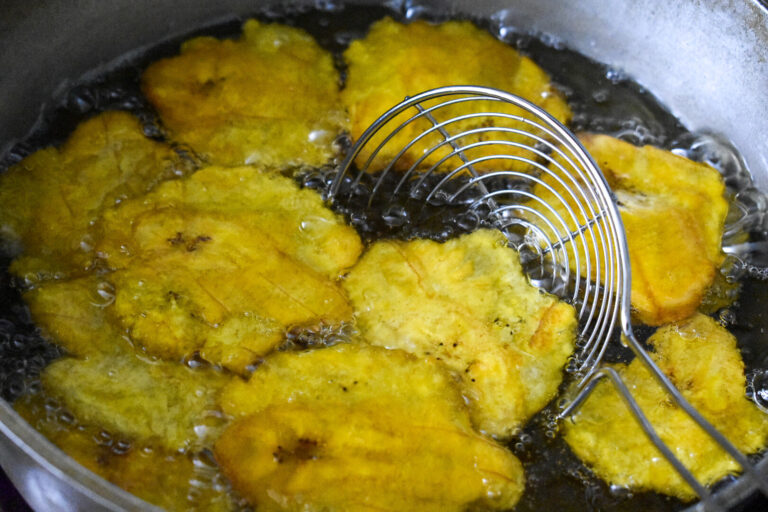When people think about food and popular culture, they often picture pizza in movies, ramen in anime, or tacos on TV. But in Latin America, especially Argentina, Mexico, and Uruguay—there’s another dish that’s quietly but firmly part of everyday life and pop culture: the milanesa.

The humble Milanesa in popular culture and media, essentially a breaded and fried thin cutlet of meat, has transcended its kitchen origins to become a cultural symbol. It appears in songs, films, literature, internet memes, and even political speeches. In this article, we’re going to explore exactly how and why milanesa became such an icon in Latin American popular culture.
What is Milanesa?

First, let’s talk about what milanesa is…
At its core, milanesa is pure comfort on a plate. Imagine a thin slice of beef (or sometimes chicken, pork, even eggplant if you’re feeling wild), dipped lovingly in beaten eggs, rolled in breadcrumbs, and then fried until golden and crispy. Think of it as the Latin American cousin to Italian cotoletta or even a schnitzel but with its own swagger.
Milanesa isn’t fancy. It’s not fussy. It’s perfect. Crispy on the outside, tender on the inside, and usually served with a squeeze of lemon, a heap of fries, maybe tucked into a sandwich if you’re really living right (hello milanesa sandwich lovers).
Originally brought to Argentina and Uruguay by Italian immigrants, milanesa quickly became a staple across Latin America. And over time? It stopped being just food, it became a full-on cultural icon.
The Humble Beginnings of Milanesa
The story of milanesa in Latin America begins with Italian immigrants who arrived in the late 19th and early 20th centuries. They brought with them a version of cotoletta alla milanese, which was quickly adapted to local ingredients and tastes. By the mid-20th century, milanesa wasn’t just a meal—it was a household staple, an affordable comfort food, and a symbol of working-class families.

Milanesa in Music
Songs Dedicated to the Dish
Milanesa’s cultural footprint can literally be heard in Latin America’s soundscape. Several bands and artists have mentioned milanesa in their lyrics or even dedicated entire songs to it.
For example:
- “La Milanesa” by Kapanga (Argentina): A humorous tribute to how milanesa is a universal dish in every Argentine home.
- “Milanesa de Pobre” by Bersuit Vergarabat: A play on words mixing food with social commentary.
- Countless cumbia and folk songs use milanesa as a metaphor for home, family, and simple pleasures.

The dish is often referenced as a symbol of nostalgia and simplicity, representing home-cooked love in an increasingly fast-paced world.
Milanesa in Film and Television

A Regular on the Screen
In Argentine and Uruguayan films and telenovelas, milanesa frequently makes an appearance at the dinner table.
Examples:
- “El Secreto de Sus Ojos” (2009): During a casual conversation, characters share a plate of milanesa.
- Argentine telenovelas: Often feature family scenes where the characters gather around plates of milanesa and mashed potatoes, reinforcing its status as the default family meal.
- Cooking shows: Regional culinary TV programs regularly teach audiences how to prepare the “perfect milanesa.”
Milanesa is rarely the star of the show, but its ubiquitous presence cements its role in the cultural psyche.
Milanesa in Literature and Everyday Language
Literary References
Writers like Pedro Lemebel (Chile) and Mariana Enríquez (Argentina) have mentioned milanesa in their works—not for its culinary value, but as a backdrop of normalcy, family tension, or cultural identity.
Idioms and Expressions
Milanesa has even made its way into colloquial language:
- “Ser más argentino que la milanesa” – (To be more Argentine than the milanesa), used to describe something unmistakably local.
- “Estar hecha una milanesa” – (To feel like a milanesa), meaning to feel beaten or worn out.
The fact that this dish appears in everyday idioms speaks volumes about how deeply embedded it is in local identity.
Milanesa in Memes and Internet Culture
The Rise of Milanesa Memes
In recent years, milanesa has enjoyed a second life on social media.
Memes joke about:
- Family fights over the last piece of milanesa at the table.
- The never-ending love for milanesa.
- The eternal debate of whether the best version is with beef, chicken, or soy.

This digital presence has brought milanesa to the attention of younger generations, turning it into a multigenerational icon.
Milanesa as a Political and Social Symbol
Political References
Believe it or not, politicians in Argentina, Uruguay, and Mexico have referenced milanesa in their speeches.
Example:
- Former Argentine president Cristina Fernández de Kirchner famously talked about how rising prices were making milanesa less affordable for the average family, using it as a symbol of the country’s economic struggles.
A Socioeconomic Marker
In many Latin American countries, milanesa is considered a “working-class” dish.
Its affordability and simplicity make it a marker of social class—but not in a derogatory way. Instead, it represents the ability to do a lot with very little.

Regional Differences in Cultural Presence
Argentina: The Milanesa Capital
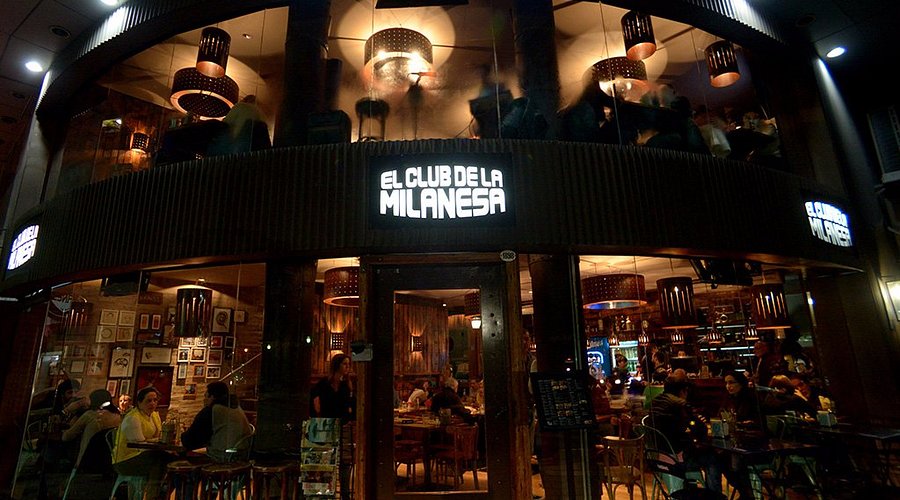

In Argentina, milanesa is practically a national dish.
There’s even an unofficial holiday called “Día de la Milanesa” (Milanesa Day) celebrated on May 3rd every year.
Mexico: Milanesa in Tacos and Tortas
In Mexico, milanesa is integrated into street food culture in the form of:
- Torta de Milanesa: A sandwich stuffed with fried milanesa, avocado, and salsa.
- Taco de Milanesa: Wrapped in a warm tortilla with toppings.
Uruguay and Paraguay: A Comfort Classic
In Uruguay and Paraguay, milanesa is closely associated with family gatherings and comfort food.
Restaurants even offer “milanesa napolitana” (topped with ham, cheese, and tomato sauce) as their signature dish.
Milanesa-Inspired Art and Merchandise

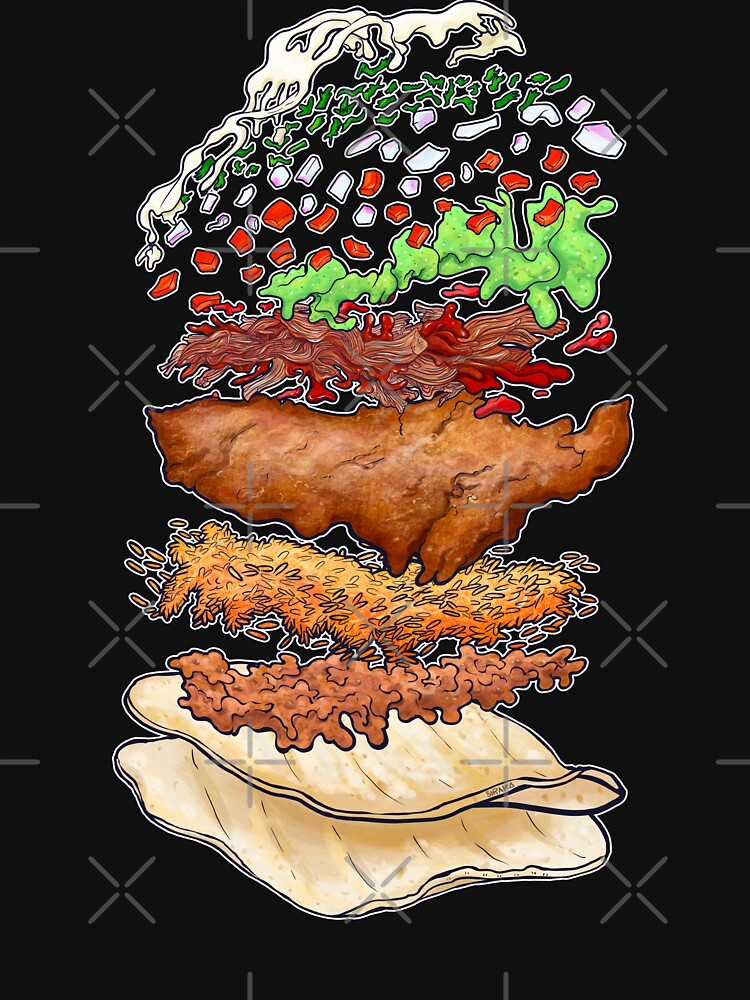
T-Shirts, Stickers, and Home Decor
Image Suggestion:
Merchandise stand selling t-shirts with milanesa puns at an Argentine market.
ALT text: T-shirts and merchandise featuring milanesa-themed jokes.
If you walk through artisan markets in Buenos Aires or Montevideo, you’ll likely find:
- Milanesa-themed t-shirts
- Aprons with funny milanesa quotes
- Magnets, stickers, and tote bags
The dish has become a form of cultural expression, much like empanadas or asado.
Why Milanesa Resonates Across Generations

Milanesa’s omnipresence in culture isn’t just about taste—it’s about what it represents:
- Home and family
- Simplicity and comfort
- The immigrant experience
- Resilience and resourcefulness
Whether it’s appearing on TV, in literature, or as a meme, milanesa serves as a cultural anchor—a reminder of roots, identity, and shared experience.
Conclusion
In the end, milanesa is much more than a thin breaded cutlet—it’s a cultural phenomenon.
It appears on the plate, on the screen, in language, in memes, and in memories.
For Latin Americans at home or abroad, it represents a link to family, comfort, and identity.
So the next time you bite into a crisp, juicy milanesa, remember—you’re not just eating a meal.
You’re taking part in a living, evolving, and beloved piece of popular culture.
Disclosure: Our blog contains affiliate links to products. We may receive a commission for purchases made through these links. However, this does not impact our reviews and comparisons. We try our best to keep things fair and balanced, in order to help you make the best choice for you.
